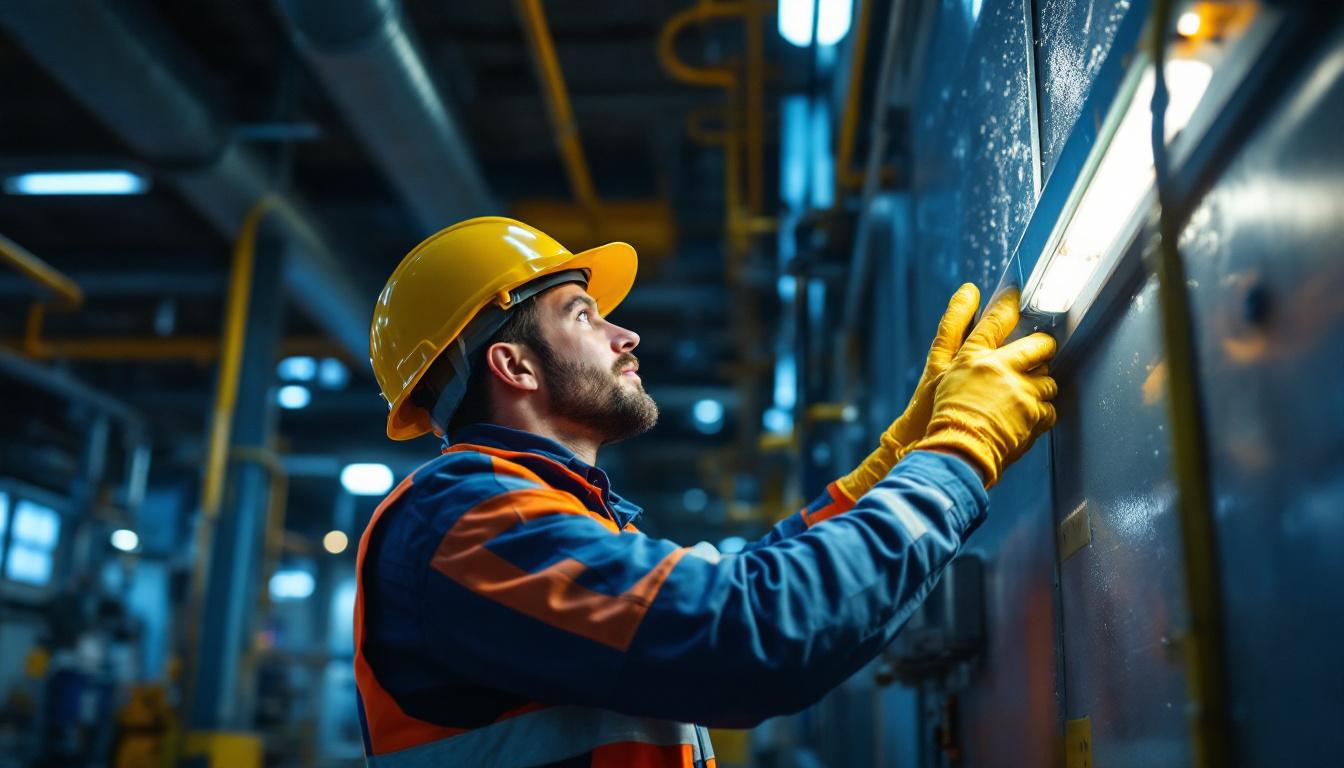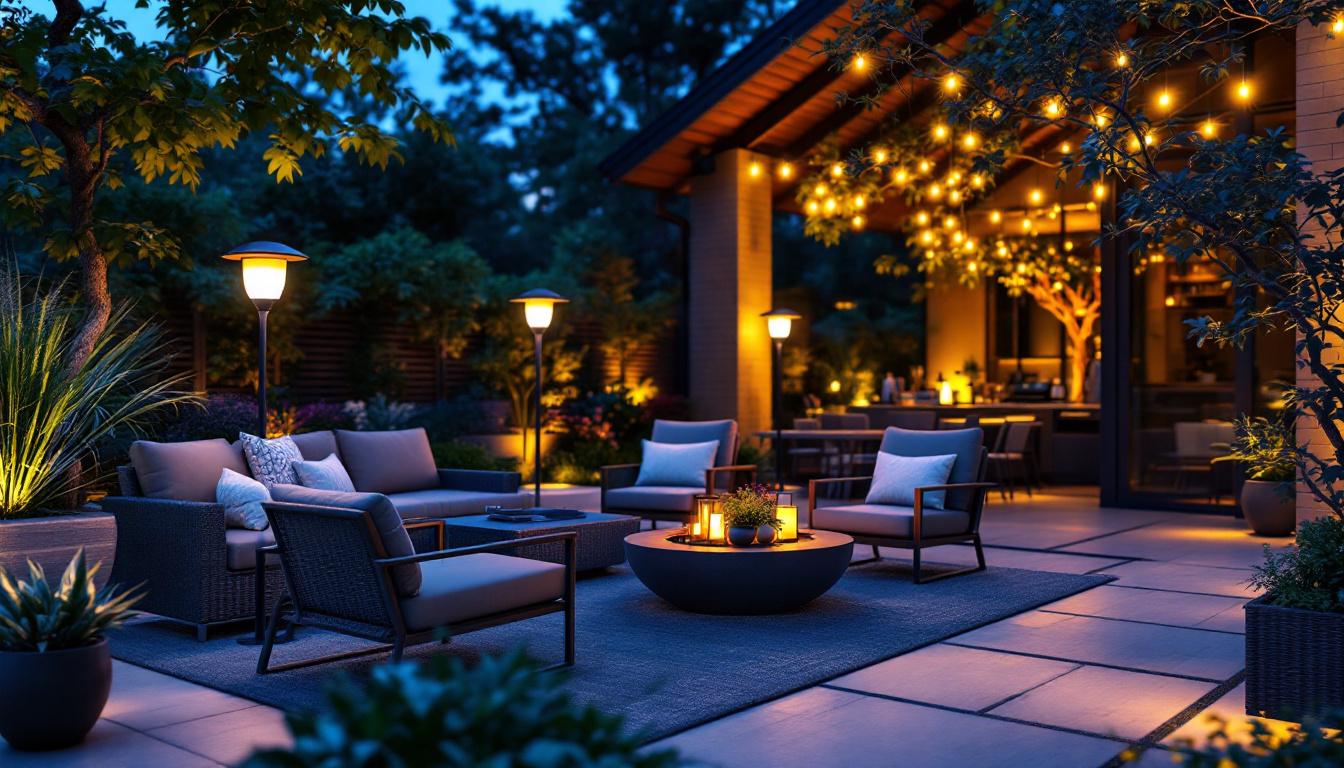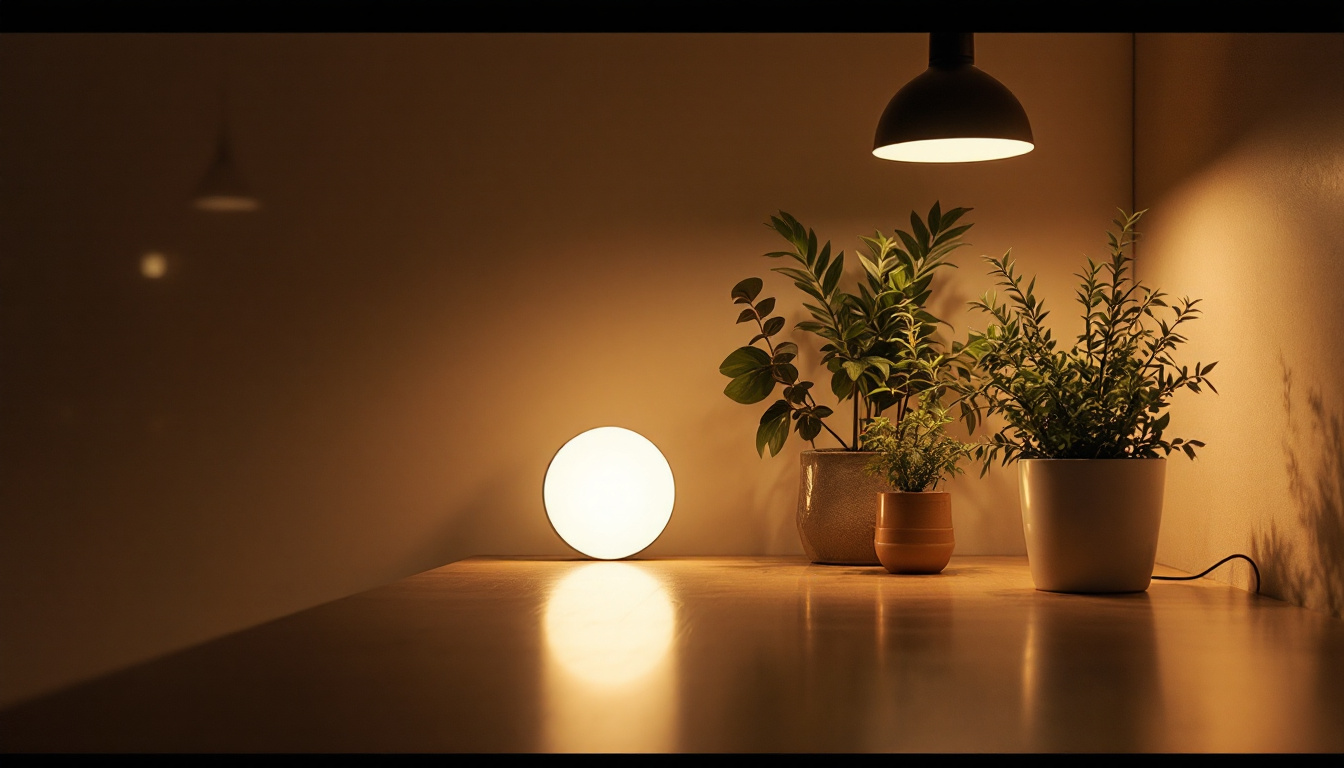
In the ever-evolving world of lighting solutions, vapor tight LED lights have emerged as a critical component for various industrial and commercial applications. These fixtures are designed to withstand harsh environments, making them ideal for locations prone to moisture, dust, and other challenging conditions. For lighting contractors, understanding the best practices in selecting, installing, and maintaining vapor tight LED lights is essential for delivering quality results to clients.
Vapor tight LED lights are specifically engineered to prevent the ingress of water and dust, ensuring reliable performance in demanding settings. These fixtures are commonly used in areas such as food processing plants, warehouses, parking garages, and outdoor spaces. Their robust construction typically includes sealed enclosures, durable materials, and high IP ratings, which denote their resistance to environmental factors. The design of these lights not only protects the internal components but also enhances their overall lifespan, making them a cost-effective solution for long-term use.
When considering vapor tight LED lights, several key features stand out. First, the IP (Ingress Protection) rating is crucial. A rating of IP65 or higher is generally recommended for environments that are exposed to moisture or dust. Additionally, the materials used in construction, such as polycarbonate or aluminum, contribute to the fixture’s durability and longevity. Polycarbonate, for instance, is known for its impact resistance, while aluminum provides excellent heat dissipation, ensuring that the lights operate efficiently even in high-temperature conditions.
Another important feature is energy efficiency. Vapor tight LED lights consume significantly less energy compared to traditional lighting solutions, which not only reduces operational costs but also contributes to sustainability efforts. Furthermore, many models offer adjustable brightness and color temperature options, allowing for customization based on specific application needs. This flexibility enables users to create the ideal lighting environment, whether it’s a bright, cool light for a workspace or a warmer tone for a more relaxed setting.
Vapor tight LED lights are versatile and can be utilized in a variety of settings. In industrial environments, they provide essential lighting in areas where moisture and dust are prevalent, such as manufacturing floors and storage facilities. In commercial spaces, these fixtures enhance visibility in parking garages and outdoor walkways, ensuring safety for both employees and customers. Their ability to withstand harsh conditions makes them an ideal choice for locations that require reliable illumination without frequent maintenance.
Additionally, food processing and preparation areas benefit from vapor tight lighting, as they help maintain hygiene standards while providing adequate illumination. The ability to withstand cleaning processes without compromising performance makes these fixtures a preferred choice in such applications. Moreover, their resistance to corrosion and chemical exposure is particularly valuable in environments where cleaning agents are frequently used. This durability not only ensures compliance with health regulations but also fosters a safer working environment by minimizing the risk of accidents caused by poor visibility.
Selecting the right vapor tight LED lights requires careful consideration of various factors. Lighting contractors must assess the specific needs of the project to ensure optimal performance and satisfaction for clients.
Before selecting fixtures, it is imperative to evaluate the environmental conditions of the installation site. Factors such as humidity levels, exposure to chemicals, and temperature fluctuations can significantly impact the performance of vapor tight lights. For example, in environments with high humidity, fixtures with higher IP ratings should be prioritized to prevent moisture ingress.
Additionally, understanding the potential for physical impacts is crucial. In areas where fixtures may be subject to bumps or knocks, selecting robust materials that can withstand such conditions is essential. This assessment will guide the selection process and ensure that the chosen fixtures meet the demands of the environment. Furthermore, considering the presence of dust and debris is important, as these can accumulate on fixtures and affect light output over time. Choosing vapor tight lights with easy-to-clean surfaces can help maintain optimal performance and extend the lifespan of the fixtures.
Another critical aspect of selecting vapor tight LED lights is calculating the required light levels for the specific application. Different environments have varying illumination requirements, which can be determined by industry standards or guidelines. For instance, a warehouse may require higher light levels for safety and productivity, while a parking garage may have different needs.
Using lighting design software or consulting with lighting design professionals can aid in accurately calculating the necessary lumens and foot-candles for the space. This ensures that the selected fixtures will provide adequate illumination while maximizing energy efficiency. Additionally, it is beneficial to consider the color temperature of the lights, as warmer tones can create a more inviting atmosphere in spaces like retail environments, while cooler tones are often preferred in industrial settings for their clarity and focus. Balancing these factors can lead to a well-lit environment that enhances both functionality and aesthetics.
Proper installation of vapor tight LED lights is vital for achieving optimal performance and longevity. Lighting contractors should adhere to specific guidelines to ensure a successful installation process.
Before installation begins, thorough preparation and planning are essential. This includes reviewing the manufacturer’s installation instructions, which provide valuable information regarding mounting options, electrical connections, and safety precautions. Additionally, conducting a site survey can help identify potential challenges and ensure that all necessary tools and materials are on hand.
Contractors should also consider the layout of the fixtures to achieve even light distribution. This may involve determining the appropriate spacing between fixtures based on the light output and the specific requirements of the area. Proper planning can prevent issues such as dark spots or excessive glare, which can compromise safety and visibility.
When installing vapor tight LED lights, electrical considerations are paramount. Ensuring that the electrical supply matches the specifications of the fixtures is crucial for preventing malfunctions or safety hazards. Contractors should verify voltage requirements and ensure that circuit breakers are appropriately rated for the load.
Additionally, using proper wiring methods and materials is essential to maintain the integrity of the installation. Sealing connections and using weatherproof junction boxes can help protect against moisture ingress, further enhancing the longevity of the fixtures.
Regular maintenance is key to ensuring the continued performance of vapor tight LED lights. Contractors should establish a maintenance schedule that includes routine inspections and cleaning to prevent dirt and debris buildup, which can hinder light output.
Cleaning vapor tight LED fixtures is relatively straightforward, but it is essential to follow proper procedures to avoid damage. Using a soft cloth and mild detergent is recommended for cleaning the exterior surfaces. It is crucial to avoid abrasive materials that could scratch or damage the fixture’s lens.
In environments with high levels of dust or grease, more frequent cleaning may be necessary. Contractors should educate clients on the importance of maintaining clean fixtures to ensure optimal performance and longevity.
Even with proper installation and maintenance, issues may occasionally arise with vapor tight LED lights. Common problems include flickering, dimming, or complete failure of the fixture. Contractors should be prepared to troubleshoot these issues effectively.
For flickering or dimming lights, checking the electrical connections and ensuring that the fixtures are receiving the correct voltage is a good starting point. If a fixture has completely failed, replacing the LED driver or the entire fixture may be necessary. Keeping spare parts on hand can expedite repairs and minimize downtime for clients.
One of the significant advantages of vapor tight LED lights is their energy efficiency. As lighting contractors, promoting energy-efficient solutions not only benefits clients financially but also aligns with broader sustainability goals.
Contractors can help clients understand the potential energy savings associated with switching to vapor tight LED lights. By comparing the wattage of traditional lighting solutions with that of LED fixtures, significant reductions in energy consumption can be demonstrated. This not only results in lower utility bills but also contributes to a reduced carbon footprint.
Additionally, many utility companies offer rebates or incentives for upgrading to energy-efficient lighting solutions. Contractors should stay informed about available programs and assist clients in navigating the application process to maximize savings.
Incorporating sustainable practices into lighting projects can enhance a contractor’s reputation and appeal to environmentally conscious clients. This may include recommending fixtures made from recyclable materials, utilizing energy-efficient technologies, and emphasizing the importance of proper disposal methods for old lighting fixtures.
By promoting sustainability, contractors can position themselves as leaders in the industry, attracting clients who prioritize eco-friendly solutions.
Vapor tight LED lights represent a valuable lighting solution for a wide range of applications, particularly in challenging environments. For lighting contractors, understanding the best practices for selecting, installing, and maintaining these fixtures is essential for delivering high-quality results to clients.
From assessing environmental conditions and calculating light levels to adhering to installation guidelines and promoting energy efficiency, contractors play a pivotal role in ensuring the success of vapor tight LED lighting projects. By staying informed about industry trends and advancements, contractors can continue to provide effective solutions that meet the evolving needs of their clients.
Ultimately, investing time and effort into mastering the intricacies of vapor tight LED lights will not only enhance project outcomes but also foster long-term relationships with clients, paving the way for future opportunities in the dynamic lighting industry.
Ready to elevate your lighting projects with the best vapor tight LED lights on the market? Look no further than LumenWholesale, where we provide contractors with spec-grade lighting products at unbeatable wholesale prices. Say goodbye to local distributor markups and hello to a vast selection of high-quality, reliable lighting solutions that meet the highest industry standards. Plus, with free shipping on bulk orders, you can stock up on premium lighting without any hidden fees. Don’t compromise on quality, affordability, or convenience. Wholesale Lighting at the Best Value is just a click away. Choose LumenWholesale for your next project and experience the difference.

Discover the answers to lighting contractors’ most common questions about fluorescent bulbs.

Illuminate your projects with our comprehensive guide on solar patio lamps.

Discover the essential guide to wafer lights and why they’re becoming a favorite among lighting contractors.

Discover the ultimate guide for lighting contractors on choosing and installing outdoor solar lights.